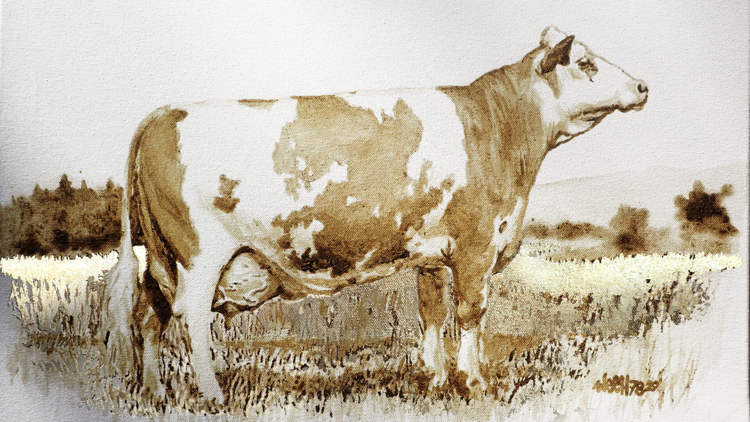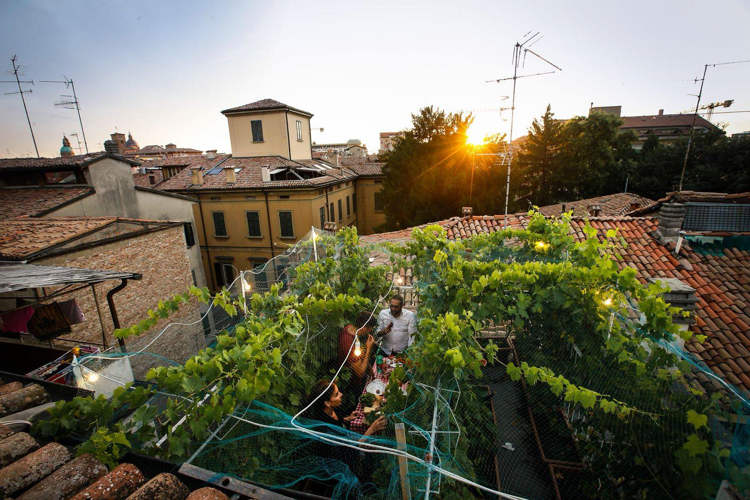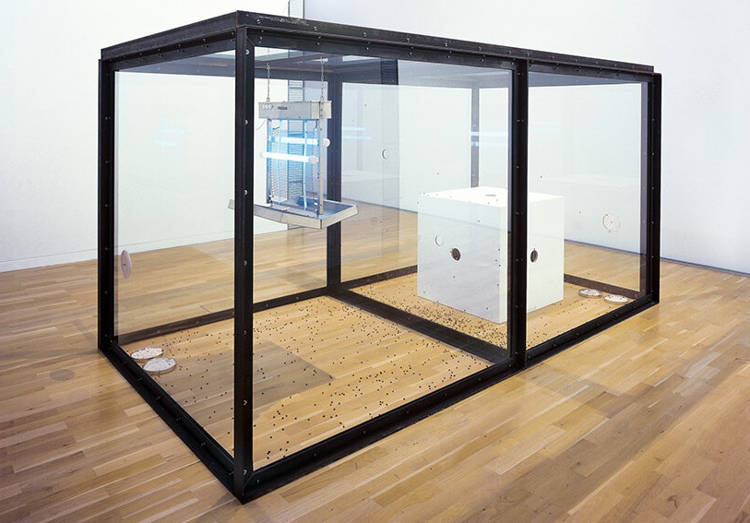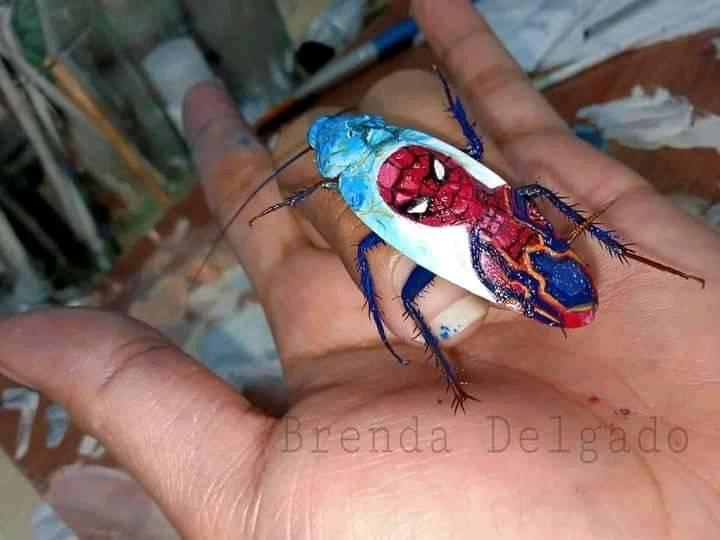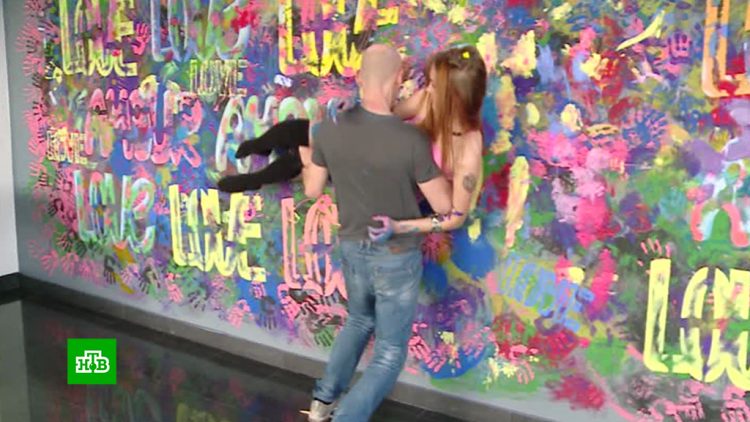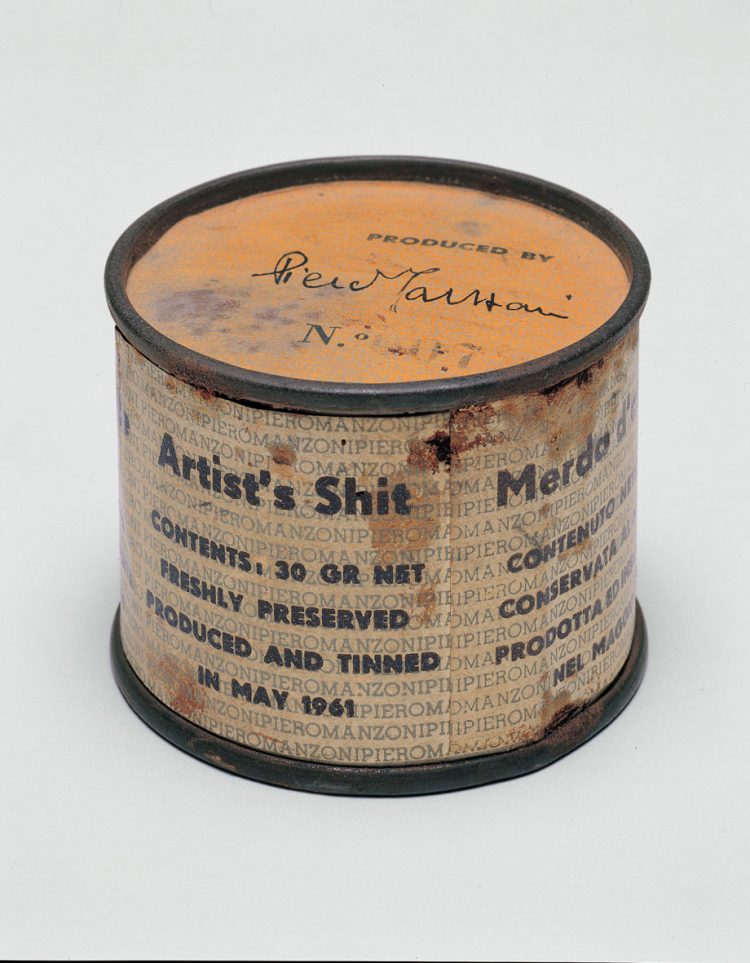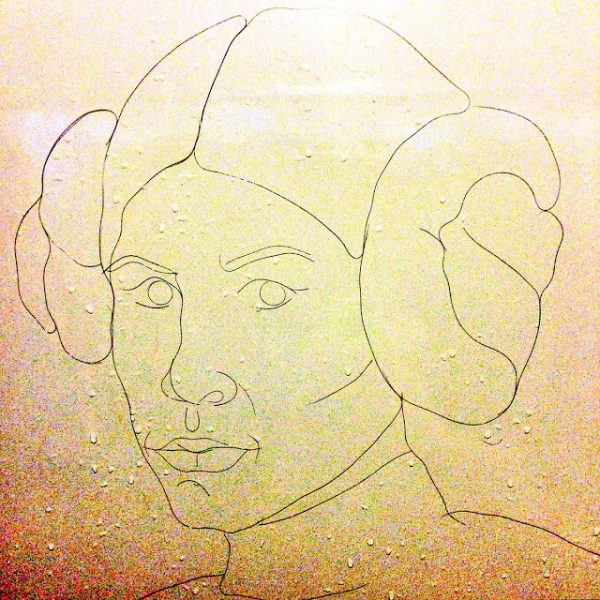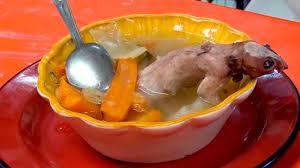Danish artist Jens Haaning has been ordered to repay the Kunsten Museum in Aalborg 532,000 kroner ($76,000) after handing in two blank canvases as artworks in a project he named ‘Take the Money and Run’.
In 2021, Jens Haaning, a Danish conceptual artist whose work focuses on power and inequality, was commissioned by the Kunsten Museum of Modern Art in Aalborg to recreate two of his earlier artworks for which he had used a bunch of banknotes to represent the average income in Denmark and Austria. The artist agreed and the museum provided about 532,000 kroner ($76,000) for him to recreate the art pieces, including a fee of 40,000 kroner. Only when the museum staff unpacked the two artworks from Haaning, they found two blank canvases titled ‘Take the Money and Run’.


